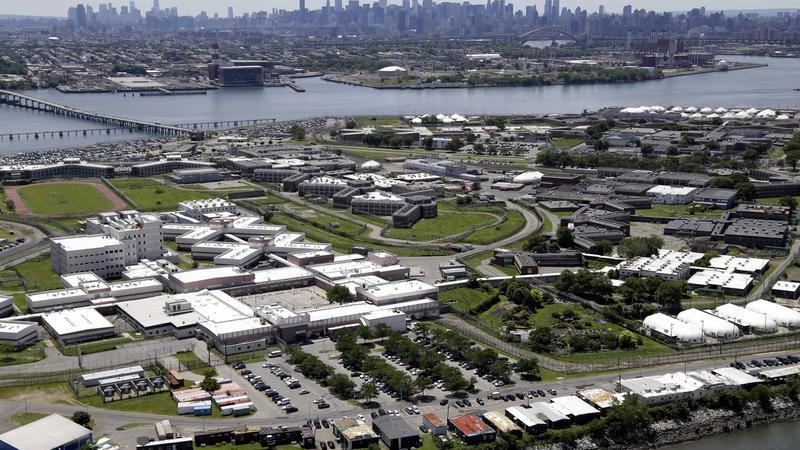By Sadef Ali Kully
The Community Education Council for District 28 hosted a legislative networking event last Friday where principals, parents, school superintendents, and elected leaders met in Jamaica to present resources and address the state education budget.
The state education budget proposal, a $1.1 billion increase, includes raising tenure to five years and increase in the state’s role in teacher’s evaluations. Cuomo also wants to raise the charter school cap by 100 schools, put $100 million towards tax credit for private school, and establish a state-takeover model that could affect teachers working in more than 90 of the city’s lowest-performing schools. Cuomo’s overhaul of the education system has led to aggressive actions such as threatening to withhold funding from the budget.
“It is essential that we reach out and seek whatever we need for our schools,” said Dr. Vera Daniels, president of the CEC for District 28, which covers schools in Jamaica, Forest Hills, Ozone Park and Richmond Hill.
The keynote speaker for the event was Councilman Daniel Dromm (D-Jackson Heights), who was a teacher in the public education system for about 25 years before he joined the City Council.
“I survived my experience with the Department of Education and I am hear to speak about it,” said Dromm, jokingly. “One thing that I learned as soon as I walked into those doors was when the principal said to me to get the parents as your allies. I have to say parents were always there for me.”
Dromm, who chairs the Council’s Committee on Education, addressed concerns that parents, principals, and teachers have had across the city.
“The total education budget oversight is a little over $38.5 billion. Almost half of the city’s budget goes to education. That is a tremendous amount of money – that’s more than some countries,” Dromm said. “But we still desperately need the $2.6 billion from Albany.”
He addressed conflicts with charter schools, LGBT students, guidance counselors for college preparation, state funding, school trailers, school networks, and the celebrated return of arts program in public school
In attendance were Councilman Rory Lancman (D-Hillcrest); Frank Guilluscio, district manager for Community Board 6; Adrienne Adam, chair of Community Board 12; state Sen. Joseph Addabbo (D-Howard Beach); and state Assemblyman William Scarborough (D-Jamaica).
Read more here.




